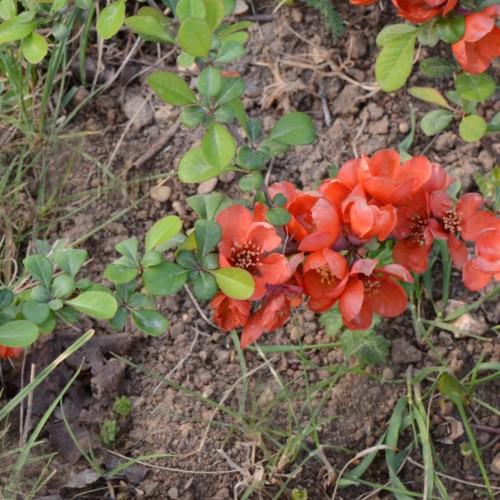
Japanese quince
Chaenomeles japonica var. alpina
Cycle:
Perennial
Watering:
Average
Hardiness Zone:
5 - 9
Flowers:
Flowers
Sun:
full sun,part shade
Fruits:
Fruits Ready In Fall
Edible:
Yes
Leaf:
Yes
Growth Rate:
Low
Maintenance:
Low
Drought Tolerant:
Yes
Care Level:
Medium
watering
Water Japanese quince (Chaenomeles japonica var. alpina) once a week. Before watering, make sure the soil is mostly dry by inserting your finger 1 inch into the soil. If it is dry, water the plant until the soil is moist but not soggy. During the winter, reduce watering to every 2-3 weeks.
sunlight
Japanese quince grown in temperate climates require full sun (at least 6-8 hours of direct light a day). In the summer months when the sun is strongest, it is best to provide some afternoon or mid-day shade. This can help to protect the plants from the intense heat. In the winter months, it is beneficial for the plant to get a full day of sunlight so that it can prepare for the spring and summer growth.
pruning
Pruning Japanese quince should be done twice a year. The first time in late winter or early spring before new growth begins, and again in midsummer after blooming is done. Prune out the dead wood and any diseased or damaged wood, as well as any limbs with reverse crotch angles. Japanese quince should also be thinned out, removing up to 1/3 of the older, interior shoots to also give room for the development of new, strong shoots. The desired size of the shrub should be kept in mind when pruning.
